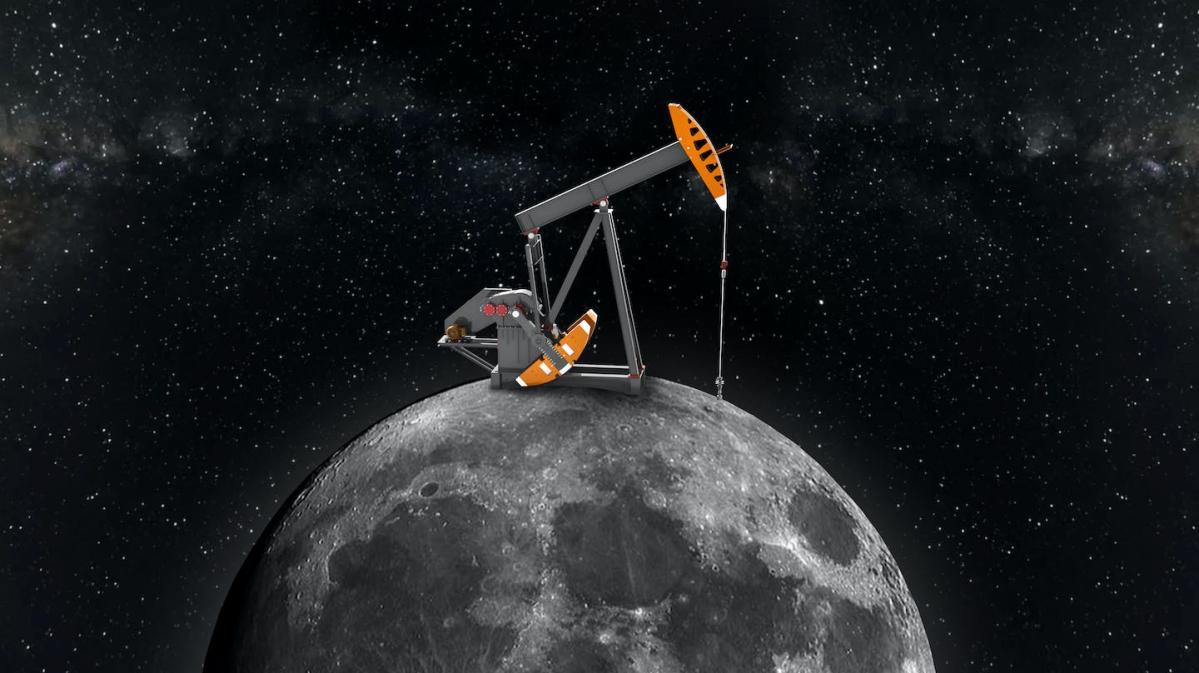The Future of Mining: From Earth to Asteroids
The daily use of cars, cellphones, computers, and televisions in the U.S. relies heavily on metals such as copper, cobalt, and platinum. With the electronics industry’s increasing demand for these metals, companies are continuously searching for new sources on Earth to extract them. However, scientists believe that significant amounts of these metals exist thousands of miles beneath the Earth’s surface in its molten core, which is too difficult and dangerous to mine. Some companies are now exploring the possibility of mining asteroids as an alternative solution.
The commercialization of asteroid mining is still in its early stages, but NASA has taken a significant step by launching a scientific mission in October 2023 to explore the metal-rich asteroid Psyche. The primary objective of this mission is to study the composition and structure of Psyche, which could provide valuable insights into Earth’s core as both objects may have a similar makeup. It is believed that both Psyche and Earth’s core contain precious materials like platinum, nickel, iron, and potentially even gold, making them commercially attractive.
As a planetary geologist specializing in the exploration of other planets and astronomical objects like Mars, Venus, and the Moon, I am closely following the developments of the Psyche mission. This mission offers a unique opportunity for scientists to learn about the composition and structure of a potential piece of a planetary core similar to Earth’s, without relying on indirect seismic or magnetic measurements or attempting to replicate the extreme pressure and temperature conditions of Earth’s core in our laboratories.
The Psyche spacecraft is expected to reach the asteroid’s orbit in 2029, and its findings will provide unprecedented insights into the types and quantities of metals present on the asteroid’s surface, as well as the minerals containing these metals. This data is not only essential for scientists like me studying the formation and evolution of planetary bodies but also for companies investigating the feasibility of asteroid mining.
Asteroid Formation and Mining Challenges
Asteroids come in various sizes, ranging from being as small as a town to as large as a state. Most asteroids are composed of rocks and represent remnants from the early formation of our solar system around 4.6 billion years ago. However, each asteroid is unique in its composition and properties.
For example, Bennu, the target of NASA’s OSIRIS-REx mission, is rich in carbon, offering valuable insights into how planets formed and the origins of life on Earth. On the other hand, Psyche is primarily composed of metals and likely formed due to collisions between astronomical objects during the early stages of the solar system’s formation. These collisions scattered metal-rich debris into space, potentially including fragments of a planet’s core. NASA’s spacecraft will closely study and analyze Psyche’s surface.
Mining asteroids presents unique challenges compared to mining on Earth. Companies must identify mineable metal deposits with high purity levels and evaluate the affordability and feasibility of extraction. Moreover, extensive infrastructure would be required for mining at such a significant distance and transporting the mined metals hundreds of millions of miles back to Earth. However, the technology for asteroid mining and transportation is still in its early stages and would require substantial funding.
A few companies worldwide have begun exploring the most efficient and cost-effective approaches to asteroid mining, drawing inspiration from similar processes on Earth. The mining process would involve locating a viable metal deposit, drilling, and extracting metals directly on the asteroid’s surface. Unlike Earth mines, every step would be conducted remotely, with spacecraft orbiting the asteroid and robots landing on its surface. Finally, a spacecraft would transport the extracted materials back to Earth.
The Future of Asteroid Mining
Asteroid mining plans are still in their infancy, and companies like Planetary Resources and Deep Space Industries, which aimed to spearhead asteroid mining, have been acquired by other companies. The potential impact of acquiring valuable metals from asteroids on the global economy is uncertain. It is possible that the influx of these metals into the market could lead to a decrease in their value.
Nevertheless, NASA’s Psyche mission represents a significant milestone in understanding the types of metals available in asteroids and provides insights into Earth’s core composition and properties. Its findings will benefit not only scientists exploring planetary formation and evolution but also companies considering the future of asteroid mining.
This article was republished from The Conversation, a nonprofit, independent news organization committed to providing factual information and analysis to help readers navigate the complexities of our world.
Author: Valerie Payré, University of Iowa
[Disclosure statement: Valerie Payré is a planetary geologist at the University of Iowa and does not have any financial or organizational conflicts of interest related to this article.]


